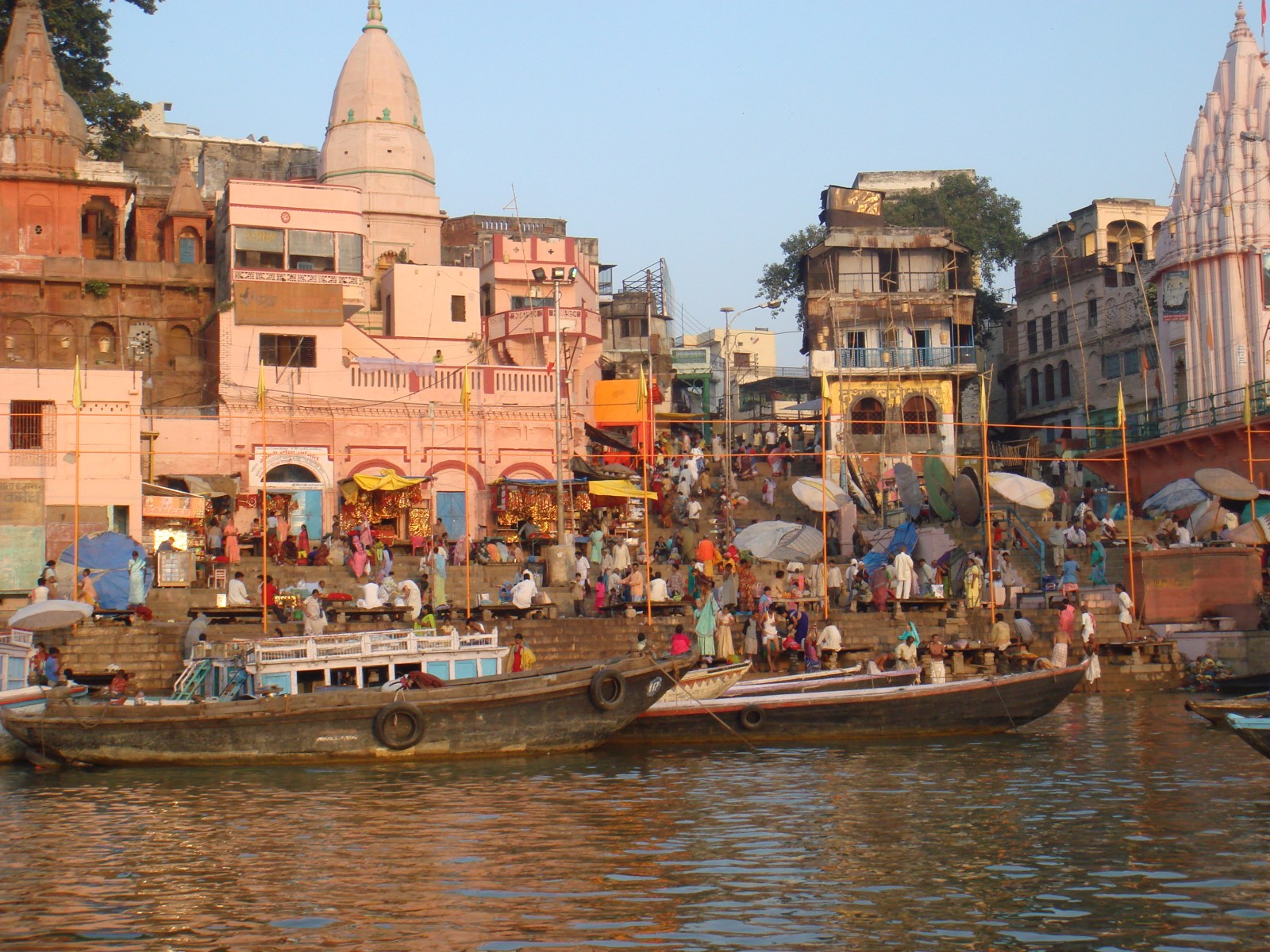
Varanasi feels like a microcosm of India – nowhere else will you see such such a vibrant variety of cultures, religions and colours, yet this is also combined with the thronging masses of people all around you and the rubbish and pollution that comes with such numbers
I loved my time in Varanasi as I just headed off to get lost in amongst the lanes, wandered into incense-heavy temples and looked over the riverside ghats as people washed themselves for ritual, or just washed themselves. I can also understand though why some might find it a bit oppressive. Either way, it feels like one of the must do experiences of this wonderful country
Some simple tips:
- Get lost in the small alley ways – its all part of the experience and you’ll no doubt find some cool temples and views of the Ganges that aren’t in the standard tourist route
- Try to avoid taking a standard tourist tour of the Ghats. Instead, find one of the guys with his own boat near the water and get him to take you out. It just avoids being crammed into a boat with 40 other fellow tourists
- Its India, so be ready for people near-constantly nagging you to sell you something, but it is probably a bit worse in Varanasi and it is a tourist hotspot where people tend to have spent a lot to visit
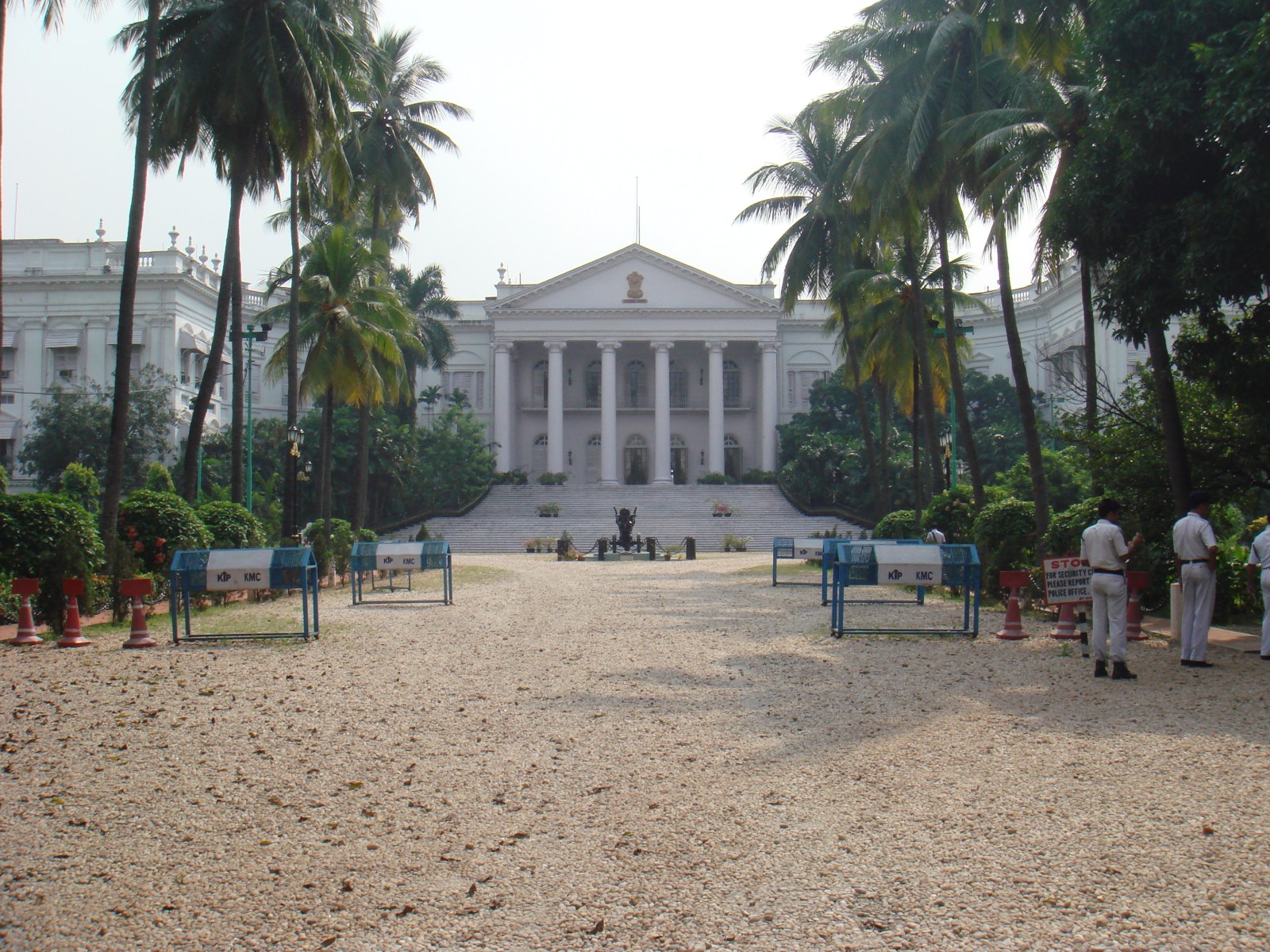
Whilst it does have some interesting spots of architecture from the times when Calcutta was the capital of the British Raj, there isn’t much else worth really seeing in Calcutta, unless that is that you want to experience a big Indian city, and then again you can experience that in various places across India. My suggestion is to deprioritise Calcutta for many of the other wonderful experiences across India

Thousands of giant jars with little known about their origin scatter the plain and hills around the town of Phonsavan. Its interesting to have a look into them and have a general wander around, but considering just how bone rattling and long the bus journeys are to get anywhere in Laos I’d say that unless you are specifically passing through on your way to Vietnam, give them a miss
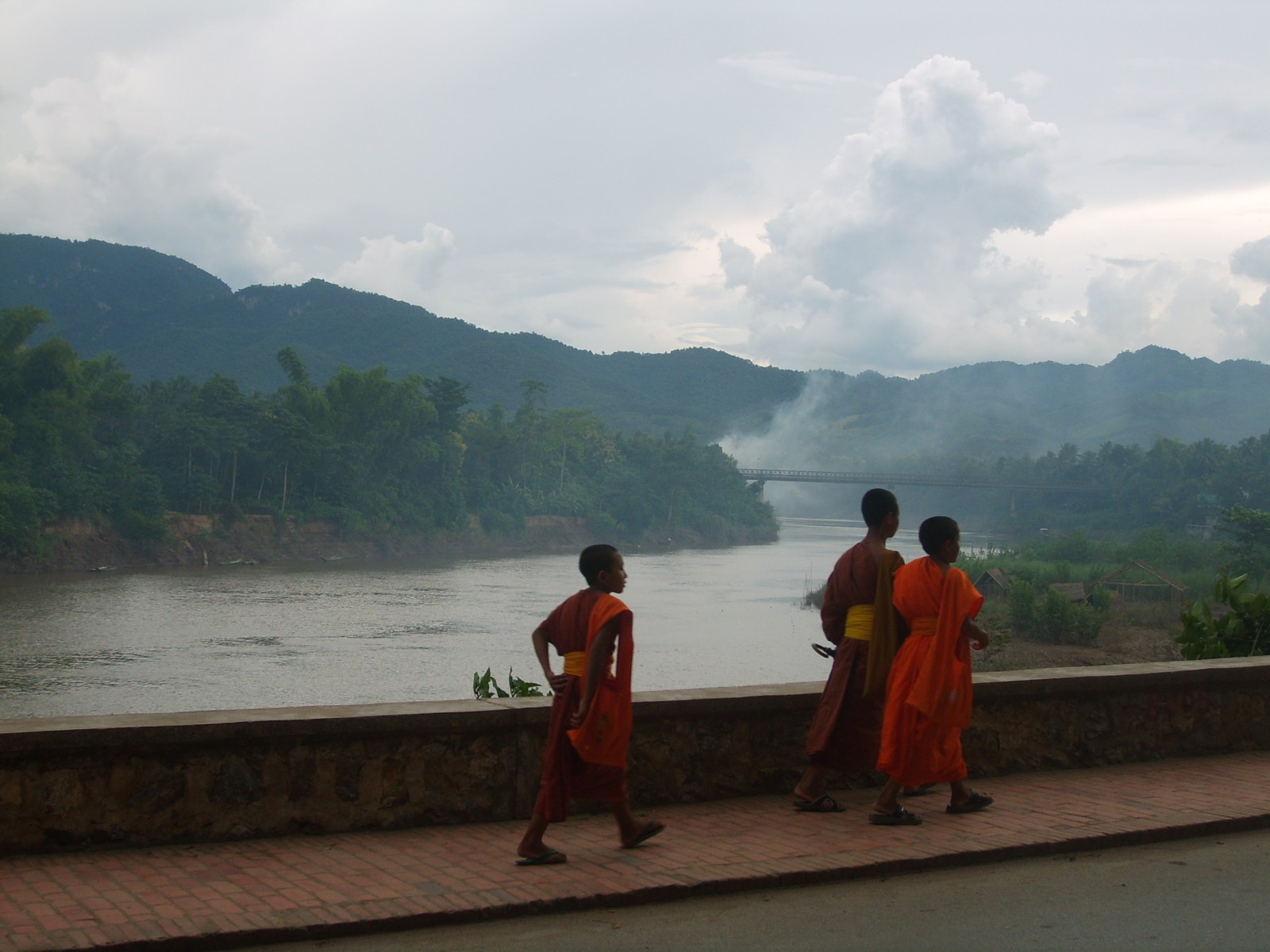
Luang Prabang feels about as close to “Authentic Asia” as you get. The Old Town is a timeless UNESCO World Heritage site, with monks still walking all around you on their daily business between the various gold temples and sacred sites. Its location is one surrounded on all sides by the confluence of the Mekong and Kham rivers and the lush mountainous jungle all around. And the nearby waterfalls of Tat Kuang Si look like something from a fairy tale
The highlight of Laos
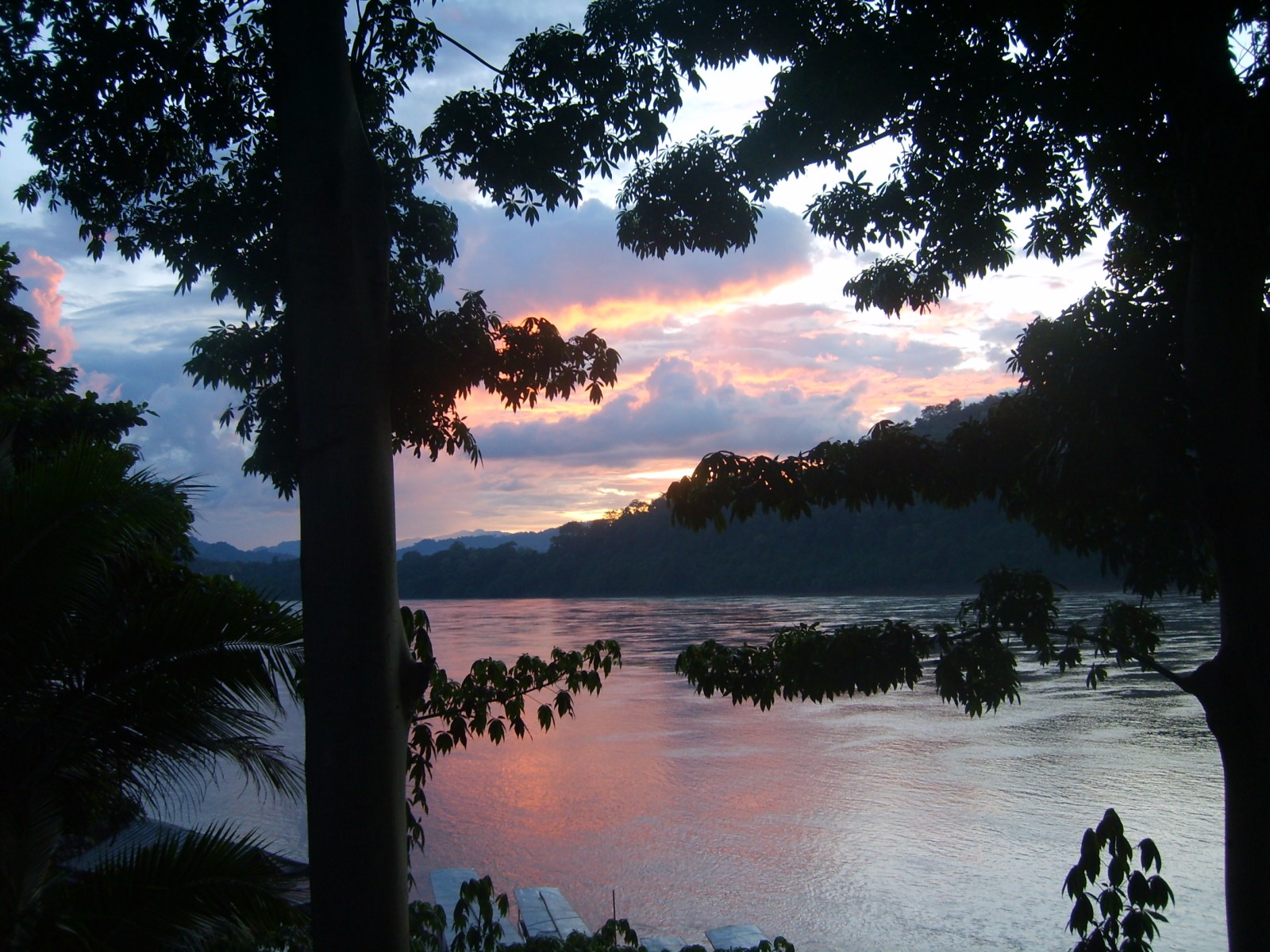
Jumping into a rubber ring and drifting the 4km / 2.5 miles through lush jungle, emerald green paddy fields and looking up at the serene karst hills is hard to beat and, whilst the vibe may have changed over the years from tractor-style tires and booming bars to tubes / kayaks and more regulation, its still super fun and a must if anyone is travelling through this picture-perfect part of Laos
A few basic tips:
- The vibe pre 2012 was a very different one where the Vang Vien town itself was a full blown party town that seemed to revolve around all night raves and day time with people stoned AF watching episodes of Friends on beanbags. What came with that was an experience where you drifted down the river on old tractor tires off your face as you swang from ropes in the jungle canopy headfirst into the rushing water below. Now, whilst this was indeed great fun, it also came with accidents (which for anyone who did experiencing the old school tubing, this would have came as no surprise) and wasn’t exactly sustainable for what is a very conservative country. The changes now have closed the rave bars and made the drifting down the river more safe
- The town of Vang Vien itself is not worth spending much time in. Get yourself to the tubing or hikes in the nearby stunning countryside
- For the tubing itself, it’s hard to get wrong. You’ve got two main companies offering it – they’ll pick you up and drop you off / take you back depending on which one you go with

One of the most adventurous and “off the beaten track” trips I’ve done was the journey back from Myitkyina back to Mandalay via trains, buses and ferries. As we become more globalised and routes open to mass tourism, there are fewer and fewer places in the world that offer what Northern Burma does – a genuine feeling of adventure as you pass through towns and transit routes still largely untouched by the oncoming wave. When you include the breathtaking views of the mountains, the chance to see the real local villages along the mighty Irrawaddy River, and the old echoes of the former colonial past, this is a truly great travel experience and one that can easily be combined with a 2 weeks itinerary for the highlights of Burma.
I’ve listed more detailed tips below, but three key ones:
- Is it dangerous? The north, like many other parts of Burma, has seen continued trouble in the the form of various low-level uprisings and separatist movements in the three states you’ll be passing through (Kachin, Shan and Sagaing). But tourists are already not allowed in any of the spots where trouble is flaring up. Could you be unlucky and find yourself in the wrong place at the wrong time? Yes, but bear in mind that the route you are travelling is a key transit routes for this part of the country that has various options should the situation change, and that tourists are not targeted. In short, there are far more places in the world you could get in trouble than Northern Burma
- Can my route change? Yes, it can. The ferry ride from Bhamo and Katha to Mandalay is one that seems to be consistently fine, but the bus / ferry route from Myitkyina to Bhamo seems often to be closed off. Obviously you need to check into this before you set off (I asked locals even in Yangon who were able to answer me very quickly), but even if you get stuck when you arrive you have options of the train from Myitkyina to Katha and exclude Bhamo, or just simply to fly
- Enjoy while you can! Whilst my adventure was all the way back in 2006, this part of Burma is still largely untouched by the growing tourism wave that has hit the 4 key tourist destinations in the rest of the country (Yangon, Mandalay, Bagan and Inle Lake). Enjoy it while you can!
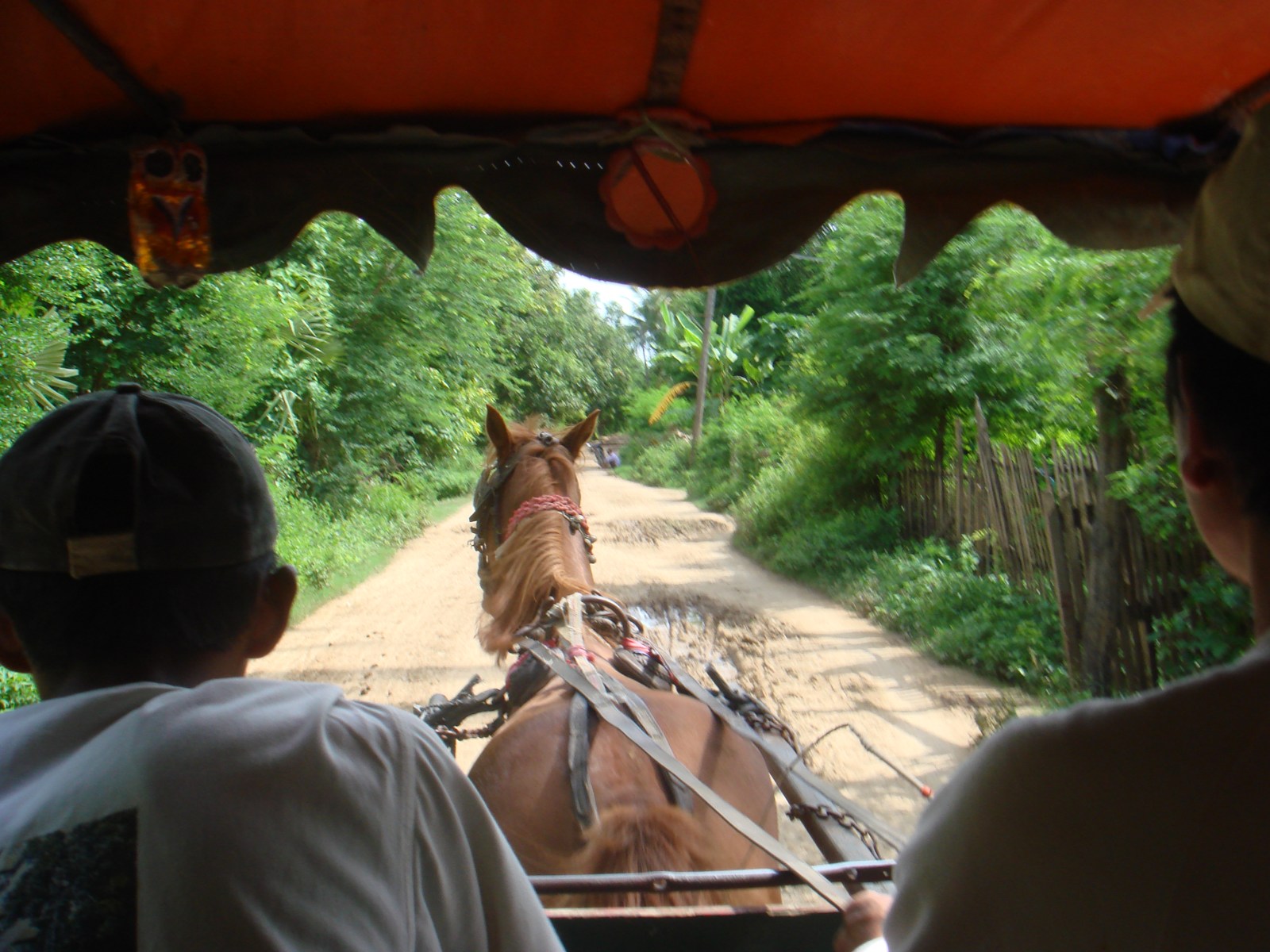
Mandalay itself isn’t that attractive as its basically a classically rapidly sprawling Asian city, with all of the noise, concrete and mess that tends to go with this. Also, surprisingly, the Mandalay Palace which you’d think would be the central attraction is also a bit dull. But, the areas around Mandalay make it very much worth checking out
I’ve listed below some more general tips, but in particular be sure to check out:
- Mandalay Hill – when walking around Mandalay, it can feel a bit like one sprawling road after another and the sides of the Palace are LONG so take a while to look around. Instead, if near the Palace, head up Mandalay Hill for great views over the whole city and Palace, and some smaller temples and pagodas on the way up the nice covered stairway
- Mingun Paya – take a short boat ride up river to this rather unusual site. It’s unusual in the sense that 1. It was, at the time, supposed to be the world’s largest stupa. Only “supposed to be”, because the King who sanctioned its construction died with only 1/3rd completed. 2. Now it is basically the world’s largest pile of bricks. 3. It has large crack down its side from an earthquake in 1838. 4. Right next to it is the Mingun Bell which at 90 tonnes has been at various times in history the world’s largest bell. Not enough for you? Its a nice boat trip
- U-Bein Bridge -the world’s longest teak bridge and a route used regularly by the nearby locals and monks. The cool thing is that the water level varied dramatically through the year so, in wet season you see various buildings largely underwater, whereas in dry season you see the buildings from a strangely high bridge
- The Maha Aungmye Bonzan Monastery within the former royal capital of Inwa. The monastery itself is a stunning yellow, but its also fun to get a horse cart / cycle around the overall site

4000 Buddhist temples scattered across a wide plain in central Burma that is pushed up on 2 sides by the Irrawaddy River and described by Marco Polo as “one of the finest sites in the world”, Bagan rightly claims its title as the highlight of a trip to Burma, a UNESCO world heritage site and one of the top temple sites in the world
But, as with giant temple complexes of such fame, my key tip is not to get dragged into the mass tourism of the place and, instead, try and give yourself an experience that feels more wonder and adventure rather than latest site to tick off on the tourist trail. To do this, give yourself at least a day to head off on a bike and simply get lost amongst the wonder of it all. Your guide / hotel can give you the directions for where will have the fewest fellow tourists at the time of year (usually the Central and South Plains). This will allow you to enjoy Bagan for what it was like before Burma started to really open up and make you still dumfounded that even with so much variety in so concentrated a place, some temples the size of cathedrals simply have numbers rather than a name. Getting that feeling of wonder by having some of these temples largely to yourself is what makes this such a memorable experience

Chiang Mai is a good spot to spend a day or so checking out the temples and markets, or a bit longer if you take one of the famous cooking courses. But the highlight is heading out into the mountains and jungle on a 3 day trek that will let you stay with some of the the hill-tribe villages, interact with the elephants and go rafting down the rivers
The only problem is that these treks have now turned into a bit of an industry and the market is full of companies that provide the “standard package” that most likely won’t meet your idea of adventure and, worse, may be keeping the elephants in very poor conditions
Bests suggestion is to thoroughly do your research for which company you go with; lean more towards a multi-day trek (there won’t be any “authentic” experiences in a day trip of Chiang Mai); or potentially move move a little further north to near the Chiang Rai / Tha Ton area. It’s worth making the effort though because its a great experience

A truly sobering experience and a must for any visit to Cambodia (even though a very brief review). The horrors of what went on here during the Khmer Rouge’s control from 1975-79 are something that we all should be made aware of. In addition to visiting the Killing Fields themselves, I also recommend the Genocide Museum and either reading First they Killed my Father, or watching the Killing Fields movie. Simple recommendations, but really added to my experience and understanding










